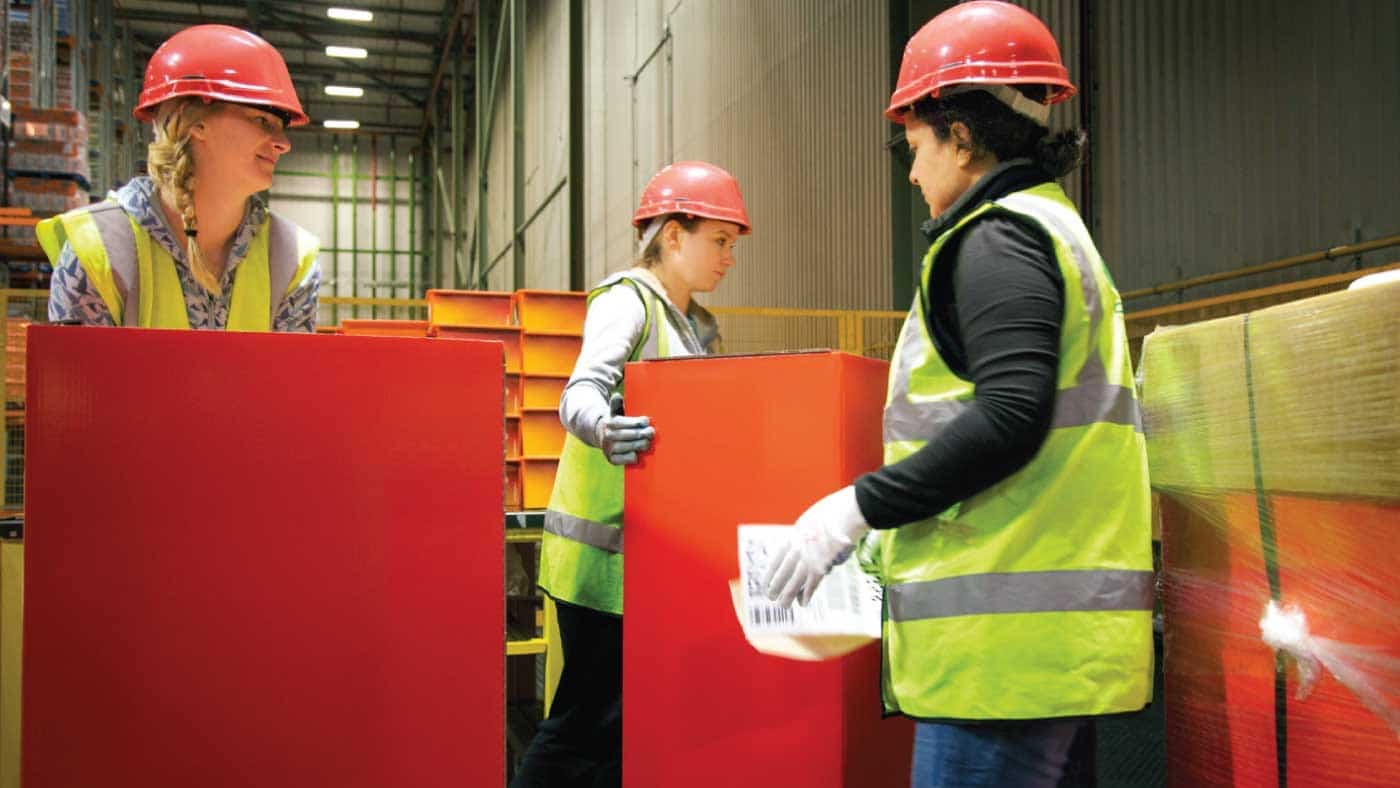If not done correctly, manual handling in the workplace can result in any number of injuries including minor cuts and bruises, right up to more serious musculoskeletal disorders (MSDs) such as back pain, muscle and tendon damage, and repetitive strain injury.
Manual handling occurs in almost all working environments – from construction and agriculture to restaurants and hotels – and while every effort is made to lessen the risk of injuries, they can still occur.
Back pain for instance, tops the list of all reported work-related injuries, with around a fourth of European workers suffering
Safety in the workplace, is paramount, so how can you reduce the risk of such injuries? And how can you improve education around manual handling safely?
Most Common Injuries Caused By Manual Handling
Manual handling – or the continuous lifting and handling of loads of any weight – can result in cumulative disorders such as lower back pain, as well as injuries to the neck, shoulders, and arms. It can also cause acute trauma such as cuts, fractures, and even muscle and tendon damage.
Workplace injuries as a result of manual handling are a significant – and growing – problem for businesses. The Health and Safety Executive (HSE) report that 25% of European workers find their day-to-day jobs impacted by lower back pain.
Manual handling may also cause a number of MSDs. Musculoskeletal disorders cover any injury, damage, or disorder of the joints or other tissues in the upper or lower limbs or the back. Statistics from the Labour Force Survey show that MSD cases, including those linked to manual handling, account for more than a third of all work-related injuries.
The cost of this to businesses is huge, which is why prevention and education is key.
Preventing Workplace Injuries
The factors increasing the risk of injury at work are wide-ranging. They include the load being too heavy, large, or difficult to grasp, an unstable load, or the task involving awkward movements and postures.
The work environment too, can be a contributing factor in manual handling injuries. Insufficient space, unstable, uneven, or slippery floors, poor lighting, and extreme temperatures are all things to consider when looking to keep your workforce safe and reduce the risk of injuries.
With adequate training though, both employers and employees can educate themselves on how to avoid and prevent such incidents from occurring in the future.
For instance, there are a number of online courses, training, and qualifications that can be obtained such as our Manual Handling Training Course.This online training can be completed in around 40 minutes and can be completed via laptop.
It is designed for employees of all levels who may be required to undertake manual handling operations, including the transportation of items by lifting, carrying, putting down, pushing, pulling, carrying or moving by hand or force.
For more information on our manual handling course and our bulk buying discounts, get in touch with us via email or call us on 01237 477 931.









